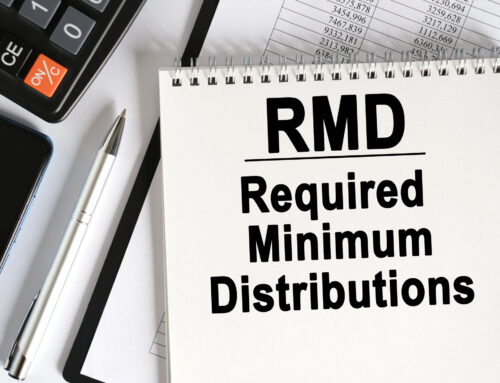If you have a 401(k), IRA, or other retirement accounts, it’s important to keep a few things top of mind: Know how much you’re contributing, how your investments are performing, and how much you’re paying in fees. You should also note important milestone ages and their recent changes. Here are the most important ages for your retirement accounts, starting at age 50.
Age 50
At age 50, workers can make annual “catch-up” contributions in addition to their normal contributions. In 2021, you can contribute up to $6,000 to an IRA if you are under 50 and an additional $1,000 if you are 50 or older. Those 50 and older can also contribute an additional $6,500 to a 401(k), 403(b), most 457 plans, and a government Thrift Savings Plan in 2021 for a total of $26,000.[1]
Age 55
Many people aren’t aware that they might be able to withdraw from their 401(k) or other employer-sponsored retirement plan starting at age 55. If you leave your job for any reason in or after the year you turn age 55, you can withdraw from the retirement plan at the job you left, penalty-free. Keep in mind that this does not apply to money rolled into an IRA.[2]
Age 59 ½
Once you reach 59 ½, you can withdraw from your IRA without penalty.[3] If you are retired or have terminated employment and still have funds in your 401(k) plan, you can access them at age 59 ½ and pay no early withdrawal penalty tax. This means that you potentially have access to more investment options.[4]
Age 72
Required Minimum Distributions (RMDs) used to start at age 70 ½ but now start at age 72. They apply to qualified retirement plans such as 401(k)s, 403(b)s, and IRAs.[5] RMDs are the minimum you are required to withdraw each year, but you can always withdraw more than that amount. Withdrawing more from a traditional retirement account could mean a higher tax burden and an end to tax-free growth for the withdrawn funds. If you forget to take an RMD, there is a 50% penalty based on the RMD you were supposed to take, on top of the tax you’ll owe. You can talk to a financial advisor to create a plan to avoid missing RMDs and to develop a long-term tax minimization plan. This could include converting part or all of your traditional retirement account to a Roth IRA or strategically drawing on other income sources.
Understanding all of your options and your entire retirement timeline can help you plan for the future. Know what doors these important ages may open for you and how to take advantage. We can help you celebrate all of your important birthdays by creating a comprehensive retirement plan designed for you at Zinnia Wealth Management. Click HERE to schedule your complimentary review to start talking to us about your retirement goals.
[2] https://www.irs.gov/taxtopics/tc558
[3] https://www.irs.gov/retirement-plans/retirement-plans-faqs-regarding-iras-distributions-withdrawals
[4]https://www.investopedia.com/ask/answers/12/401k.asp
[5]https://waysandmeans.house.gov/sites/democrats.waysandmeans.house.gov/files/documents/SECURE%20 Act%20section%20by%20section.pdf







